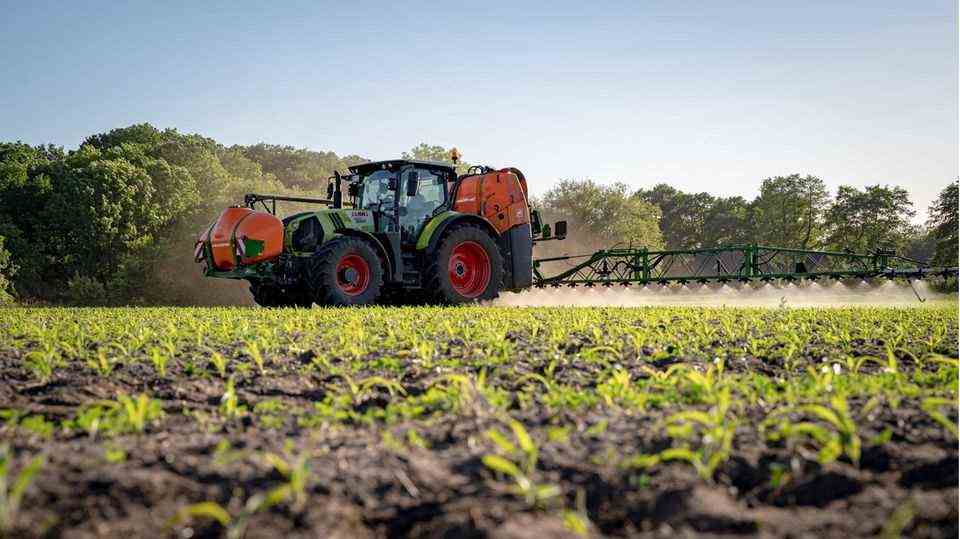Species protection
Bird extinction in Europe – how agriculture is exterminating our birds
The normal house sparrow is disappearing from Europe.
© Amit Machamasi // Picture Alliance
The birds are disappearing from Europe. In just 40 years, the population has decreased by around 20 percent. Not only the species on the “Red List” are affected – quite common species such as sparrows and starlings are also disappearing.
In just 40 years, 600 million birds have disappeared in Europe. That’s around 20 percent, according to a study by the Royal Society for the Protection of Birds (RSPB) and BirdLife International. And the reason is not the urban sprawl. Professor Richard Gregory of the RSPB said: “Agricultural land across Europe has become much more inhospitable to bird populations and other wildlife. The loss of widespread and abundant species is cascading the ecosystem, whose subsystems are changing so quickly that they are are no longer able to provide for us, to deliver our food and to regulate our climate. The disappearance of the birds is a warning signal. “
Data of all bird species
For the study data from 378 bird species in the countries of the EU and Great Britain were evaluated. A total of around 900 million birds were lost between 1980 and 2017. But there was an increase of 340 million in certain species. The net loss is therefore estimated at 560 to 620 million. The study focuses on the total bird population and not on the threatened species. Birds that are on the red list do not appear in large populations. But the study shows how threatened species are now, of which there are millions of specimens.
The greatest decline was seen in birds living on agricultural land and grassland. The house sparrow population has declined by 247 million, the number of wagtails by 97 million, the number of starlings by around 75 million (60 percent) and that of the skylark by 68 million. Even an abundant species cannot cope with these losses in the long run. The data is particularly appalling because the decline was measured after 1980, when the days of unrestrained use of chemicals in agriculture were over. The decline has been curbed since 2000, but a positive trend reversal is not in sight.
“Reserves” are not enough
The protective efforts made so far are inadequate. In this way, it is quite possible to stabilize rare species at a low level in nature reserves. Very rare birds and particularly striking birds of prey benefit from this. But in absolute numbers these are small stocks that are protected there. The mass of birds that have to find their habitat outside of nature reserves is disappearing at a breathtaking pace. The concentration of efforts on outstanding species ultimately comes at the expense of “common” birds such as sparrows, which have seen the greatest decline in populations.
The exact causes of bird death have not yet been researched. Ultimately, the decrease is not surprising. Insect populations are also falling dramatically in Europe, and it is inevitable that bird populations will follow this trend. One should think that cities and built-up areas have meanwhile become protection zones for the animal world.
Source: Ecology and Evolution




